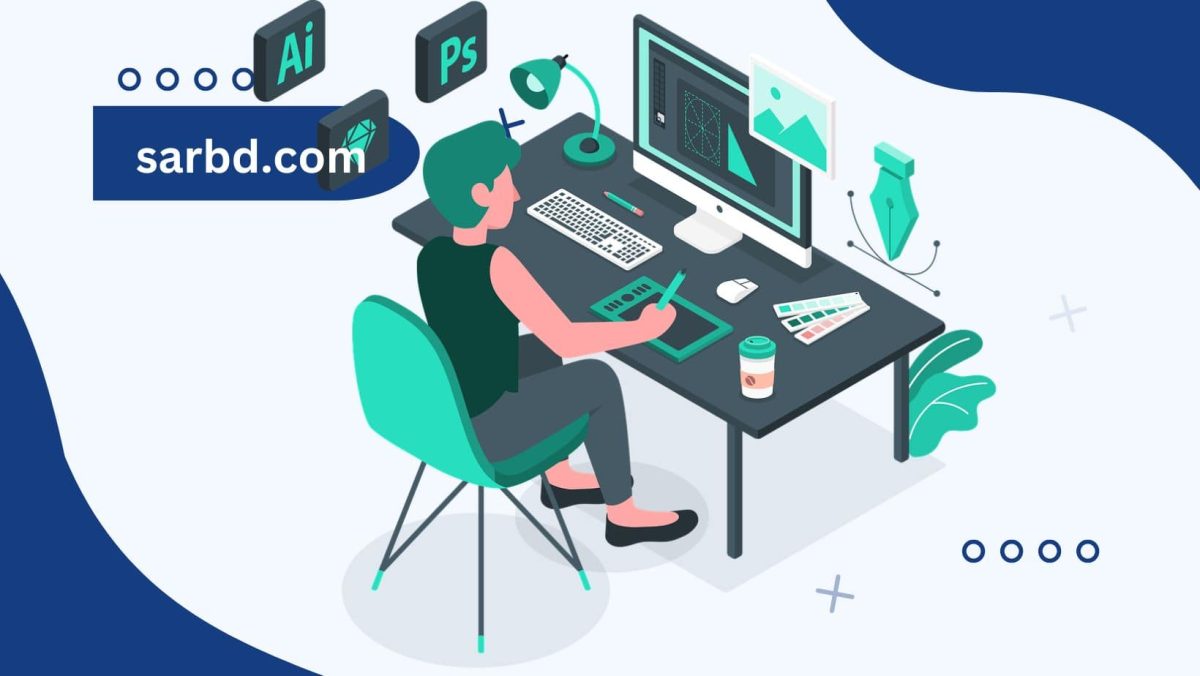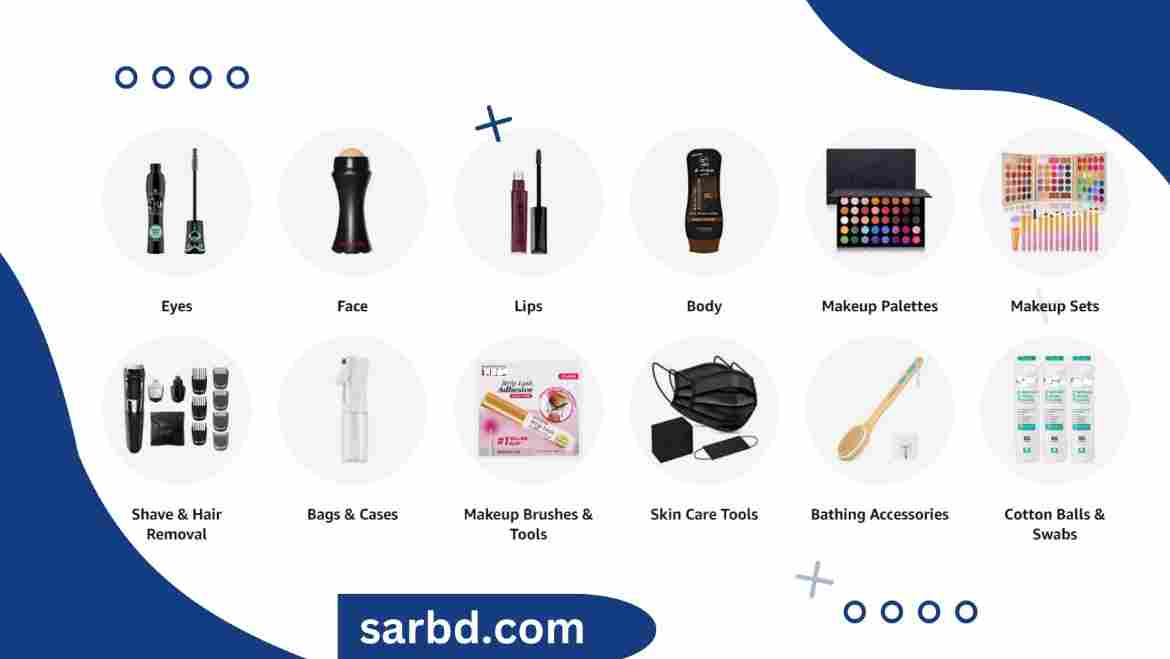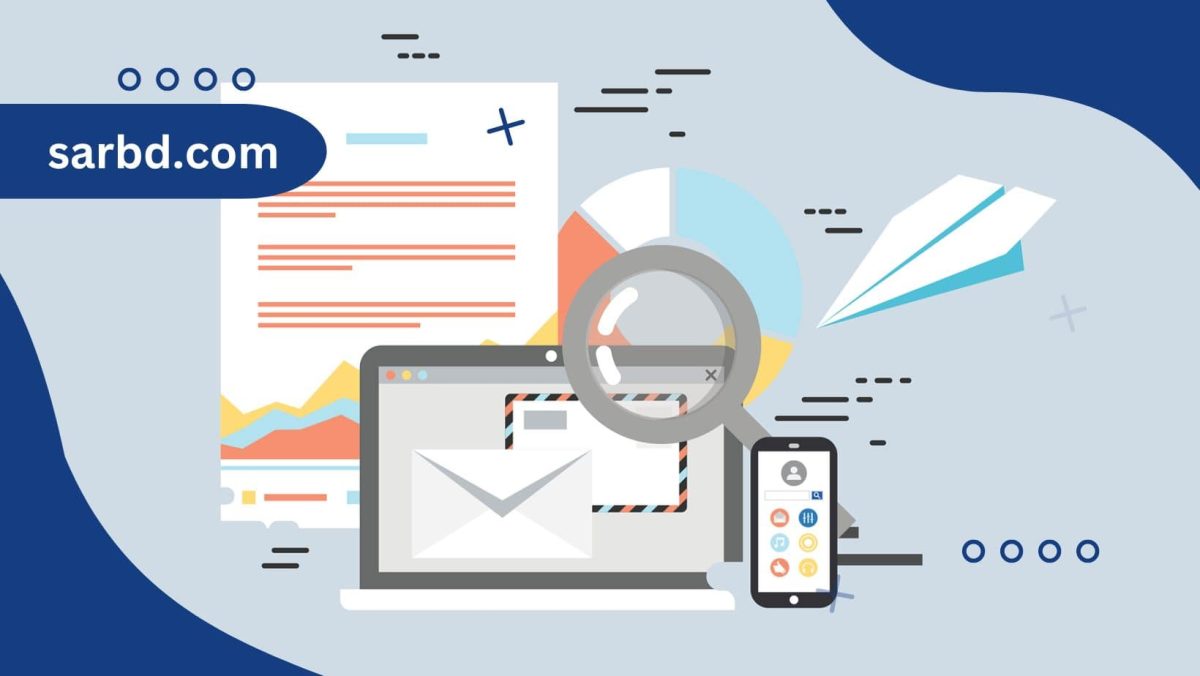Creating a website that is both functional and visually appealing can be a costly venture, but it doesn’t have to be. If you are a small business, freelancer, or non-profit looking to establish an online presence, there are ways to achieve high-quality design without breaking the bank. In this guide, we’ll walk you through the top tips for affordable web design, giving you strategies and insights to create a professional website on a budget. Top Tips for Affordable Web Design
1. Choose the Right Platform for Your Needs
Using the right platform is essential when aiming for affordability without compromising on quality.
- Content Management Systems (CMS): One of the best tips for affordable web design is choosing a CMS like WordPress, Wix, or Squarespace. These platforms offer user-friendly interfaces, customizable templates, and affordable pricing plans, allowing you to design a website without the need for coding knowledge. WordPress, for instance, offers a variety of free plugins and themes that enable you to build a fully functional website for a fraction of the cost.
- Open Source Platforms: Open-source CMS platforms, like WordPress.org, provide free access to their software. This means you only have to pay for hosting and a domain name, which can save you a lot of money. By opting for an open-source platform, you avoid recurring subscription fees tied to premium services.
- E-commerce Specific Platforms: If you’re building an e-commerce site, platforms like Shopify or BigCommerce might seem like an extra expense, but they can streamline the process of setting up payment gateways, inventory, and shopping cart features. This prevents you from needing custom development, saving on web design costs.
2. Leverage Free and Affordable Themes
Another one of the top tips for affordable web design is making use of free or low-cost themes.
- Free Themes: Many CMS platforms offer free themes that look professional and can be easily customized to fit your brand. Opting for a free theme allows you to start with a template and make incremental changes as your business grows, keeping your upfront investment low.
- Premium Themes with One-time Fees: If free themes don’t suit your needs, consider premium themes with a one-time purchase fee. These often come with added features and functionality, but they still remain affordable when compared to hiring a web designer. One-time fees are an excellent choice for maintaining budget control, as opposed to paying monthly subscriptions.
- Theme Marketplaces: Platforms like ThemeForest or TemplateMonster offer affordable premium themes that provide more customization options while keeping costs low. These themes come with support, regular updates, and additional functionality, which ensures that you get the best out of your investment without needing a custom design from scratch.
3. DIY Website Builders for Simplicity
If you prefer a more hands-on approach, one of the top tips for affordable web design is to use website builders.
- Drag-and-Drop Builders: Many website builders like Wix, Weebly, and Squarespace allow you to create a website using a simple drag-and-drop interface. These platforms are perfect for beginners who don’t have the time or expertise to code a site from scratch. They offer numerous free or low-cost design templates, making it easy to get started without having to hire a designer.
- Customization Without Code: Most of these website builders allow you to customize your site without knowing how to code. This means you can tweak colors, fonts, layouts, and content until your website looks professional. The cost is usually limited to a small monthly fee, making it a very affordable solution.
- All-in-One Features: Website builders usually come with hosting, domain purchasing, and customer support built into their packages. This is a great way to save on hidden costs that can arise when you opt for piecemeal services.
4. Use Free Resources for Design Elements
To keep costs down, use free resources for your web design elements.
- Free Stock Images and Icons: One of the top tips for affordable web design is to use free stock images and icons from websites like Unsplash, Pexels, and Freepik. These platforms offer high-quality images and graphics that can give your site a polished, professional look without having to hire a photographer or graphic designer.
- Free Fonts and Typography Tools: Sites like Google Fonts offer a wide variety of free fonts that can enhance your website’s appearance. Choosing the right fonts can make your website stand out while maintaining affordability.
- Free Graphic Design Tools: Use tools like Canva or Figma, which offer free versions with robust features. These tools allow you to create custom graphics, banners, and social media images for your website without needing to pay for expensive design software or hire a professional designer.
5. Optimize for SEO from the Start
One of the top tips for affordable web design is to incorporate SEO (Search Engine Optimization) early on. This can save you money on future marketing and advertising.
- On-Page SEO: By using SEO best practices when designing your site, you can improve your visibility on search engines. This includes optimizing title tags, meta descriptions, headers, and ensuring your website is mobile-friendly. WordPress and other CMS platforms often have free plugins like Yoast SEO that guide you through the process of optimizing each page.
- Responsive Design: Ensure your website is mobile-friendly from the start. A responsive design not only enhances user experience but also improves SEO rankings. With more users browsing on mobile devices, a responsive website ensures you aren’t losing traffic.
- Speed Optimization: Slow websites result in higher bounce rates, which can negatively impact your SEO. Optimize your site’s speed by compressing images, leveraging browser caching, and choosing a good hosting provider.
6. Limit Custom Development
Custom development can drive up the costs of your web design. Keeping custom coding to a minimum is another one of the top tips for affordable web design.
- Use Existing Plugins and Extensions: There are countless free or affordable plugins available for most CMS platforms. Instead of paying a developer to add a feature, see if there’s a plugin that accomplishes the same goal. For instance, you can add contact forms, security features, and e-commerce tools without needing to write a single line of code.
- Limit Custom Features: Custom features like animations, parallax scrolling, and interactive elements can be expensive to develop. While these elements can improve the user experience, they aren’t always necessary for a simple website. Focus on clean, functional design instead.
7. Keep Your Content Simple
A common mistake in web design is trying to cram too much content into one website. One of the top tips for affordable web design is to keep your content simple and streamlined.
- Focus on Core Pages: Instead of building dozens of pages, focus on creating a strong homepage, services page, and contact page. This approach keeps your website clean and ensures that visitors find the information they need without getting overwhelmed.
- Avoid Over-Complicating the Design: Simple designs not only save money, but they are also more effective in delivering your message. Complex designs may look great, but they can confuse visitors and increase the time and cost of development.
- Use Templates for Blog and Content Pages: Many CMS platforms come with pre-built templates for blogs and content pages. Using these templates ensures that your content is presented in a consistent manner across the website, reducing the need for custom layouts and design.
8. Invest in Affordable Hosting Solutions
Hosting is a critical part of your web design budget, but it doesn’t have to be expensive. One of the top tips for affordable web design is finding an affordable hosting provider that meets your needs.
- Shared Hosting for Small Websites: Shared hosting is a cost-effective solution for small websites with low traffic. Providers like Bluehost, SiteGround, or HostGator offer affordable plans with sufficient bandwidth and storage for most small business or personal websites.
- Look for Deals and Discounts: Many hosting providers offer promotional deals for the first year. Take advantage of these discounts when starting your website, but make sure to check the renewal fees so you aren’t surprised when your bill increases.
- Scalability Options: Choose a hosting provider that allows you to scale up as your website grows. Affordable plans that offer flexibility are important for keeping costs low while also ensuring you don’t outgrow your hosting solution too quickly.
9. Test Your Website Frequently
Regular testing is crucial for ensuring that your website functions properly and provides a good user experience, but it doesn’t have to be costly.
- Free Testing Tools: Use free tools like Google PageSpeed Insights, Pingdom, and GTmetrix to test your website’s speed, performance, and mobile-friendliness. Regularly testing your site allows you to catch issues early, which prevents costly redesigns in the future.
- Beta Testing with Real Users: Before launching your website, gather feedback from real users. This can be done through beta testing or by sharing the site with friends, family, or a small group of potential customers. Their feedback will help you refine the design and functionality without needing to hire a professional tester.
- Track Analytics: Use free analytics tools like Google Analytics to track visitor behavior and performance metrics. Understanding how visitors interact with your site can help you make data-driven decisions to improve your website’s design and functionality affordably.
10. Use Free Marketing Tools for Promotion
Once your website is live, you’ll need to drive traffic to it. One of the top tips for affordable web design is to utilize free marketing
tools to promote your site.
- Social Media: Platforms like Facebook, Instagram, and Twitter offer free ways to promote your website. Regularly posting updates, sharing blog posts, and engaging with your audience on social media can drive traffic to your website without requiring a large advertising budget.
- Email Marketing: Use free email marketing tools like Mailchimp or Sendinblue to build an email list and send regular updates to your subscribers. This can help you retain customers and encourage repeat visits to your site without investing in expensive paid marketing campaigns.
- SEO and Content Marketing: Creating high-quality blog content optimized for SEO can help your website rank higher in search engine results over time. Focus on writing informative blog posts that answer common questions in your industry, as this will naturally attract visitors and reduce your reliance on paid advertising.
In conclusion, creating a professional website doesn’t have to cost a fortune. By following these top tips for affordable web design, you can build a functional and visually appealing site without overspending. From choosing the right platform and theme to optimizing for SEO and leveraging free design resources, there are numerous ways to save money while ensuring your website performs well.
With a little creativity and strategic planning, your website can stand out in a competitive market without draining your budget.




